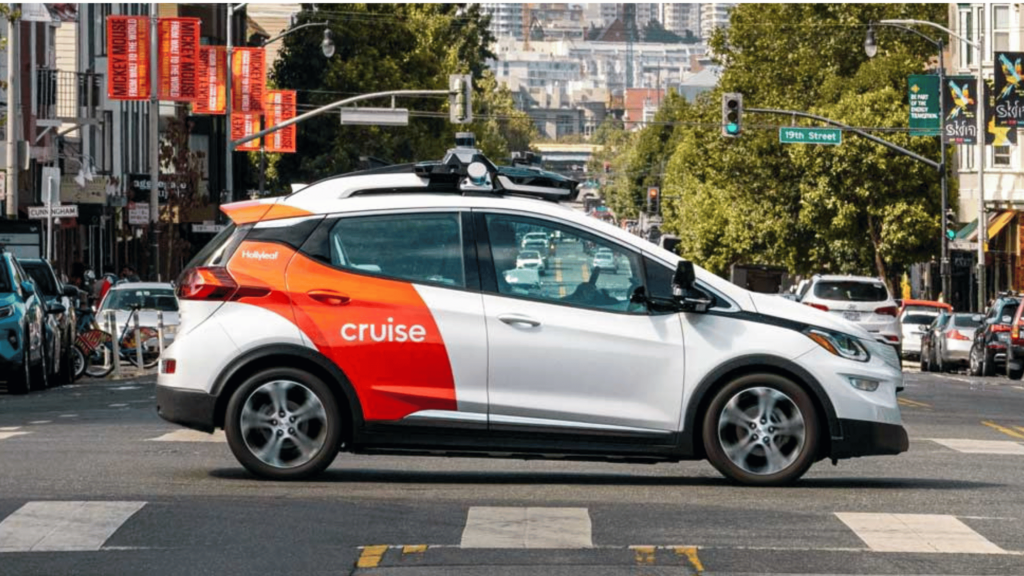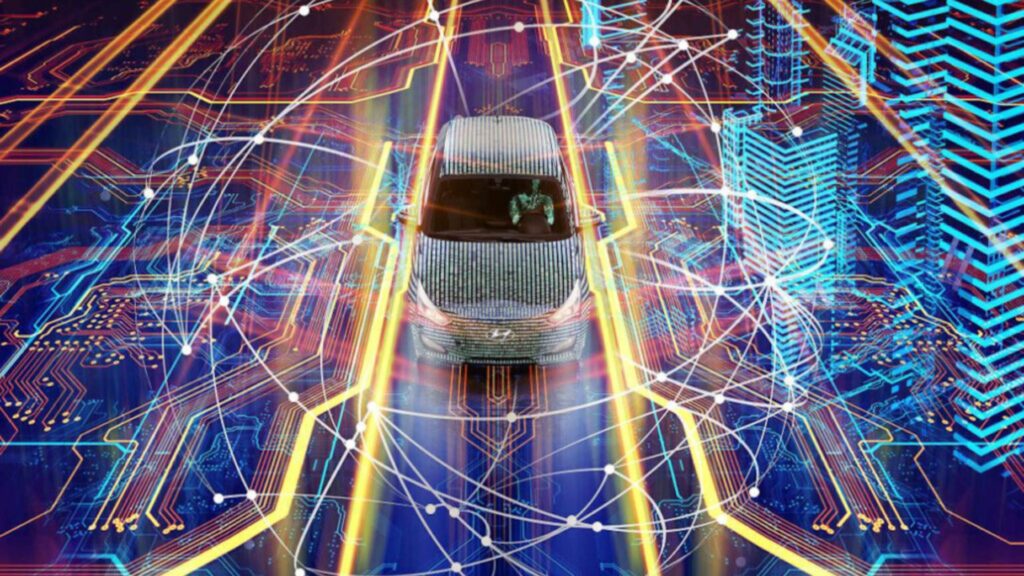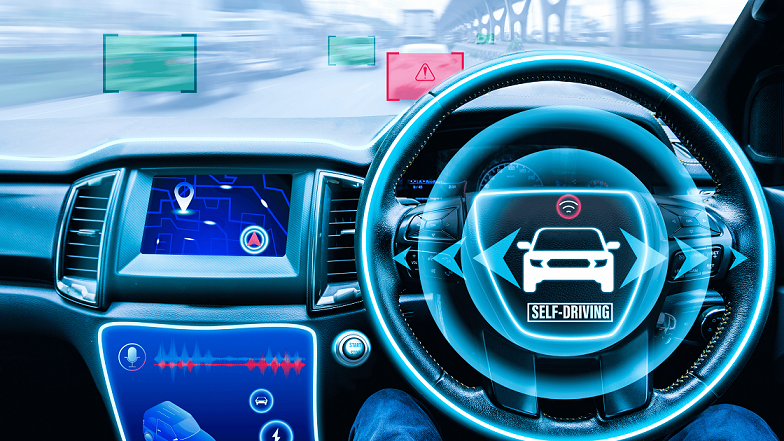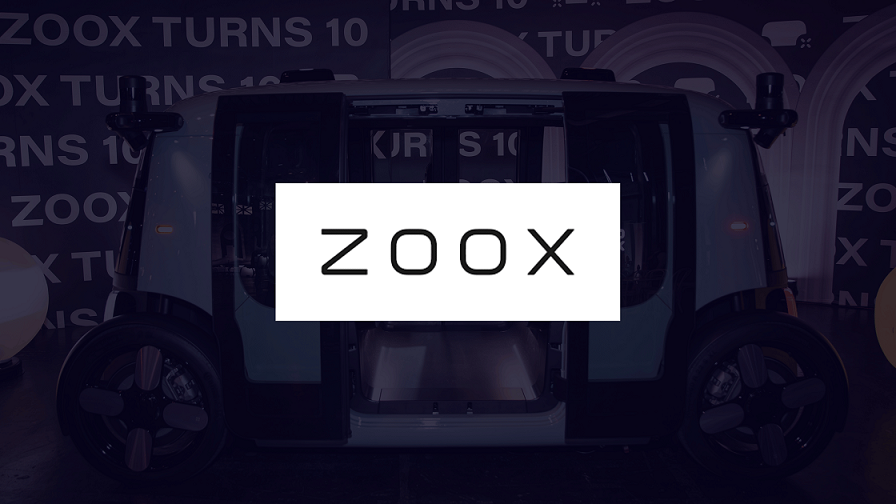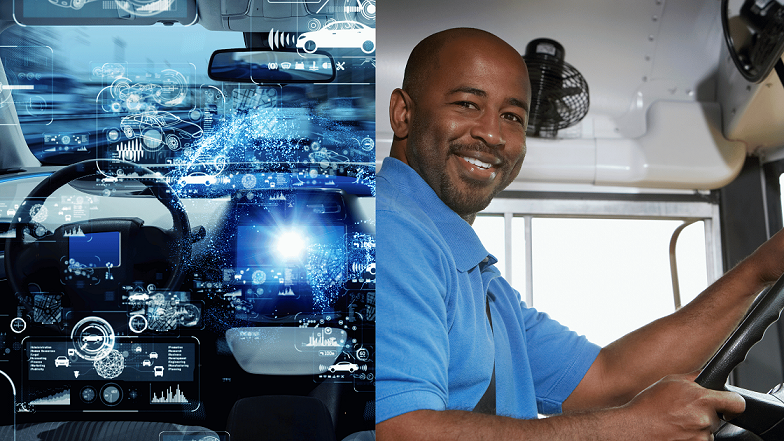- Autonomous vehicles (aka “self-driving cars”) have been spotted on major highways in the U.S. Is South Carolina ready for this new technology?
- It takes a “Smart City” to host an autonomous vehicle, does South Carolina have smart cities?
- What is the state of the South Carolina automotive industry?
Is South Carolina ready for autonomous vehicles? This is a question that begs an answer.
The city of South Carolina is rapidly growing! According to a study by moveBuddha, The Palmetto State was the most popular state in the USA to move to in 2023, with over two people moving in for every person moving out. This strong in-migration to South Carolina has been attributed to several factors, including a lower cost of living, a comfortable climate, an abundance of outdoor activities, and job growth in various sectors. One of those sectors is the automotive industry.
The South Carolina automotive industry has been a major economic driver, contributing significantly to the state’s economy. With an economic impact of more than $27 billion, South Carolina is home to nearly 500 automotive-related companies. The Palmetto State is a leader in automotive manufacturing, being the #1 exporter of completed passenger vehicles and tires in the U.S., accounting for nearly one-third of the U.S. market share.
The presence of major automotive manufacturers like BMW, Volvo, Mercedes-Benz, Michelin, etc., along with a technically skilled workforce, has solidified South Carolina’s position as a hub for automotive production, innovation, and excellence.
Some Major Facts Showcasing South Carolina’s Automotive Industry Growth
- According to the state Department of Commerce, the South Carolina automotive industry has employed over 75,000 people and has a $27 billion economic impact.
- Original equipment manufacturer (OEM) Volkswagen (VW) has announced plans to build the new Scout Motors plant in South Carolina. Scout Motors was acquired by VW to produce electric trucks and SUVs. It is estimated that the $2 billion factory will be capable of producing 200,000 electric vehicles per year.
- Clemson University, located in Clemson, South Carolina, recently announced a new Bachelor of Science degree in automotive engineering. The institution will be the first in the country to offer this type of undergraduate university degree.
- Automotive OEM BMW has had a $26.7 billion economic impact on South Carolina and has created 43,000 jobs across the state, according to a study conducted by the University of South Carolina.
- Redwood Materials’ new electric vehicle battery plant, estimated at $3.5 billion, will manufacture anode and cathode, which are components for automotive batteries for electric vehicles. The plant will manufacture these components out of recycled materials.
- Redwood Materials’ investment will create 1,500 new jobs and is expected to produce enough battery component materials to power 1 million electric vehicles per year.
Literally, when it comes to automotive manufacturing, nobody does it better than South Carolina.
But then, this begs the question, is South Carolina ready for fully autonomous self-driving vehicles?
What are Self-Driving Cars (Autonomous Vehicles)?
Autonomous Vehicles, also known as Self-Driving Cars, are defined by the Society of Automotive Engineers (SAE) through a taxonomy that classifies the levels of driving automation. These levels range from Level 0 (No Driving Automation) to Level 5 (Full Driving Automation). Here’s the breakdown:
Level 0: No automation. The human driver performs all driving tasks.
Level 1: Driver Assistance. The vehicle can control either steering or acceleration/deceleration using information about the driving environment, with the human driver performing all remaining aspects of the dynamic driving task.
Level 2: Partial Automation. The vehicle has combined automated functions like acceleration and steering, but the human driver must remain engaged with the driving task and monitor the environment at all times.
Level 3: Conditional Automation. The vehicle can perform all aspects of the driving task under certain conditions. The human driver must be ready to take back control when requested by the vehicle.
Level 4: High Automation. The vehicle can perform all driving tasks and monitor the driving environment in certain circumstances. The human driver has the option to control the vehicle.
Level 5: Full Automation. The vehicle is capable of performing all driving tasks, under all conditions, without any human intervention.
These definitions are part of the SAE J3016 standard, which provides a clear description of the roles of the human driver and the automated driving systems at each level of automation. The standard is designed to provide consistent terminology for the industry and help the public understand the capabilities and limitations of autonomous vehicles.

South Carolina’s Automotive Technological Advancements
South Carolina has become a hub for automotive companies, with nearly 500 automotive businesses, including six automotive OEMs, calling The Palmetto State home. It’s no secret that the state is fast advancing in automotive technology, with a notable shift towards electric vehicle manufacturing. This technology is fast replacing traditional internal combustion engines with electric ones, intending to reduce greenhouse gas emissions and improve local air quality.
Companies like BMW, a strong player in the South Carolina automotive industry, have started producing electric vehicles, marking a new era in the state’s automotive sector. In fact, by 2030, the BMW Group looks to build at least six fully electric models in the United States, with its first set to release in 2026. Their manufacturing plant in Spartanburg, South Carolina, is their largest and only facility in the country.
Also, Redwood Materials is establishing operations in South Carolina to create a circular supply chain for EVs. Their $3.5 billion South Carolina manufacturing plant will produce anodes and cathodes for EV batteries out of recycled materials. This production is essential for sustainable EV manufacturing. Redwood’s existing partners include Volvo, Toyota, Panasonic, Envision AESC, etc.
Another big player in the South Carolina automotive industry, Volkswagen (VW), is set to produce electric trucks and SUVs, spearheaded by Scout Motors, an independent company backed by the Volkswagen Group. The $2 billion Scout Motors plant in South Carolina will reportedly be capable of producing 200,000 electric vehicles per year.
At the forefront of this technological advancement is the state government of South Carolina, led by Gov. Henry McMaster. The government has launched initiatives such as South Carolina’s first electric vehicle website, which serves as a centralized platform for information on the state’s EV industry. The state also has laws and regulations that promote the use of alternative fuels and advanced vehicles, which include EVs. All these reflect the government’s commitment to fostering the growth of the EV sector and advancing South Carolina’s automotive technology.
In essence, the rise of electric vehicles is driving South Carolina’s automotive industry towards a more sustainable, technologically advanced, and economically vibrant future. But one wonders, is South Carolina prepared for the next wave of superior automotive technological advancement in the form of Autonomous Vehicles (AVs)?
South Carolina’s preparedness for Autonomous Vehicles (AVs) is quite sketchy. While there are currently no laws in South Carolina that outright ban self-driving cars, existing regulations focus on the safety of human-driven vehicles, with limited guidelines specific to AVs. This creates a gap that needs to be addressed before widespread adoption. Besides, the deployment of fully autonomous vehicles (Level 5 AVs) requires robust infrastructure, which is quintessential of a Smart City.
What is a Smart City?
According to IBM, a smart city is an urban area where technology and data collection help improve quality of life as well as the sustainability and efficiency of city operations. Smart city technologies used by local governments include information and communication technologies (ICT) and the Internet of Things (IoT).
Qualities of a Smart City
The U.S. Department of Transportation has identified three hallmarks of smart cities and communities:
- Networks: Networks of sensors gather and integrate data that can be used for various applications and city services. This is the tech infrastructure, the backbone of a smart city. It involves using sensors, data analysis, and the Internet of Things (IoT) to optimize different aspects of the city. Examples include:
Smart grids: for managing energy distribution and reducing consumption.
Intelligent transportation systems: for controlling traffic flow, improving public transport, and providing real-time information for autonomous vehicles.
- Connectivity: Connectivity enables municipal officials to interact directly with the community as well as monitor and manage city infrastructure.
- Open data: The local government is committed to an open data philosophy and routinely shares operations and planning data with the public.
As part of the requirements of a smart city, smart mobility stands out as an important factor. This aims to create a more efficient and sustainable transportation network. For example, seamless connectivity between buses, trains, and other options with little to no potholes on the road. The use of real-time data to reduce congestion and improve safety, etc.
Many U.S. cities are fast becoming smart cities and fully embracing Level 5 autonomous vehicles. For example, Phoenix, San Francisco and Austin have fully embraced autonomous vehicles; they are currently the major cities where the public can hail a driverless robotaxi. However, the list could grow by a dozen or more within the next year.
Cruise, an automotive technology company owned by General Motors (GM), had earlier announced testing its self-driving robotaxis in 14 cities, including Seattle, San Diego, Miami, Nashville, Raleigh, Charlotte, Atlanta, Washington, D.C., Dallas and Houston. These cities are the closest to commercial service.
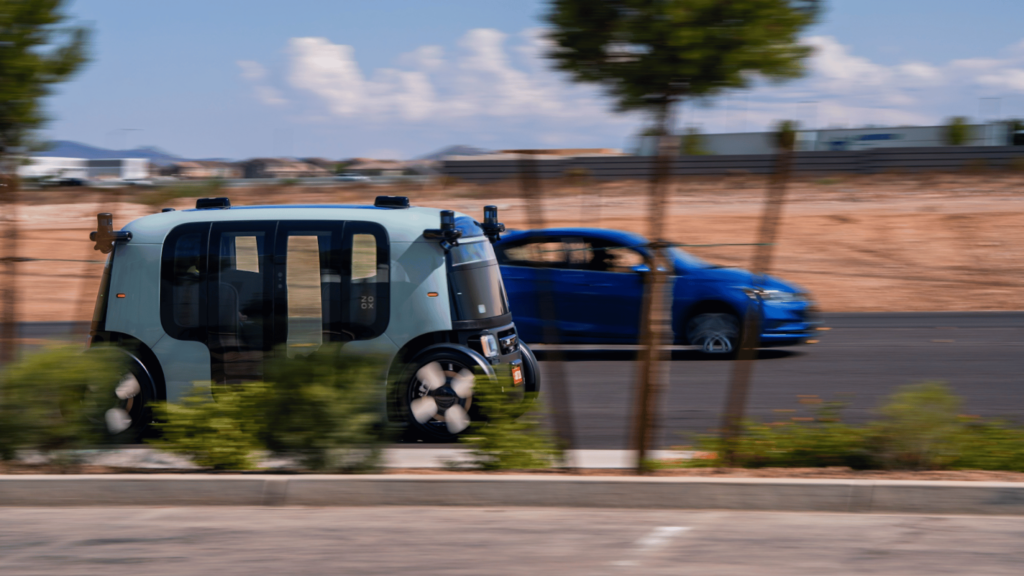
You May Also Like:
- Driverless Technology: Key Components of Autonomous Vehicles (A Complete Teardown)
- Top 20 Autonomous Vehicle Companies in the U.S. (2024)
Zoox has been relentless in testing its AVs and has also developed its robotaxi technology in Las Vegas.
Waymo, a subsidiary of Google’s parent company Alphabet, recently obtained approval to start its driverless commercial robotaxi services in Los Angeles and the San Francisco Bay Area from San Francisco to Sunnyvale. Also, Waymo is now authorized to operate driverless services in Austin and will be covering about 43 square miles, encompassing the heart of downtown, Barton Hills, Riverside, East Austin, Hyde Park and more.
In all of this, Tesla isn’t lagging behind. Elon Musk recently announced the unveiling of Tesla’s robotaxi for August 8, 2024. The announcement was made on the social media platform, X. The rumored destination for the pilot testing is Austin, Texas.
Does South Carolina Have Smart Cities Ready to Embrace Autonomous Vehicles (AVs)?
The city of Greenville in South Carolina is one notable city taking steps towards becoming a smart city. Greenville partnered with Sprint to implement a 5G-enabled network with the “Curiosity IoT” platform. This infrastructure could be used for traffic management, communication with autonomous vehicles, and more. While there aren’t currently self-driving cars operating freely in Greenville, the groundwork for future integration is being laid.
However, considering South Carolina’s rapid growth in automotive manufacturing, much more has to be done to embrace autonomous vehicles. The government must invest in installing Vehicle-to-Everything (V2X) communication systems across several cities, which allows AVs to “talk” to traffic lights, signs, and other infrastructure for smoother traffic flow and improved safety. Existing maps must be upgraded to high-definition and GPS accuracy must be improved to provide AVs with a clear understanding of their surroundings. Smart grid technology has to be prioritized to manage the potential increase in electricity demand from AV charging stations. Also, South Carolina must develop clear and well-defined regulations for AV testing and operation, as this will provide a framework for companies to innovate and ensure public safety.
In addition, the government must ensure smooth and accessible road networks devoid of potholes, and establish legal guidelines to determine liability in case of accidents involving AVs. The state must also foster collaboration between government agencies, universities, technology companies, research and consulting firms, and automakers. This creates a supportive ecosystem for AV development and testing.
Tax breaks and other incentives can be offered to attract AV companies to invest and establish operations in South Carolina. Also, the top cities in The Palmetto State can source smart city grants to develop intelligent transport systems that power self-driving vehicles. And most importantly, the public must be educated about the potential benefits and safety measures associated with AVs. This will help address concerns and build trust.
Conclusion
Autonomous vehicles (AVs) are no longer viewed as something out of a science fiction movie. They have become an integral part of our collective reality, and North American cities are fast embracing this new technology.
With a goal to reshape the daily lives of commuters, the impact of self-driving cars in America will be enormous. While it comes with several challenges, autonomous vehicles have great potential. AVs are said to be safer vehicles, resulting in more lives saved, accompanied by fewer injuries and fatalities. The vehicles are equipped with the latest technology on the road. Some of the key technologies embedded in these vehicles focus on safety and driver fatigue, anger and stress detection, accident avoidance and night vision assistance (NVA) as well as heads up display (HUD).
These driving assistance features allow the vehicle to identify factors such as driver drowsiness and increase vision capabilities in the nighttime using bending lights. According to national statistics, drunk driving fatalities in America accounted for 32% of the total vehicle traffic fatalities in 2022. Experts believe that the usage of AVs could reduce this proportion near to zero.
AVs also offer several advantages, like remote maintenance, that allow the driver to know immediately when maintenance is needed before a failure occurs. Roadside and stolen vehicle assistance functions are other unique features and advantages. Traffic, weather, and roadside condition monitoring allow the driver or remote operator to plan accordingly, for weather-related purposes. In essence, when a driver is not required to operate a vehicle, it encourages the blind, disabled, and those too young or too old, to drive, enhancing their independence, social connection, and life experience.
In fact, a McKinsey report estimates that autonomous vehicles could enable people to claim back 50 minutes per day – presenting opportunities not just for flexible working but also for a greater work-life balance.
Indeed, with autonomous vehicles, today’s drivers will become tomorrow’s passengers. South Carolina, a state celebrated for its immense success within the automotive industry, must not be left behind.

I’m Dr. Brandial Bright, also known as the AVangelist. As a dedicated and passionate researcher in autonomous and electric vehicles (AVs and EVs), my mission is to educate and raise awareness within the automotive industry. As the Founder and Managing Partner of Fifth Level Consulting, I promote the adoption and innovation of advanced vehicle technologies through speaking engagements, consulting, and research as we progress to level 5 fully autonomous vehicles.


